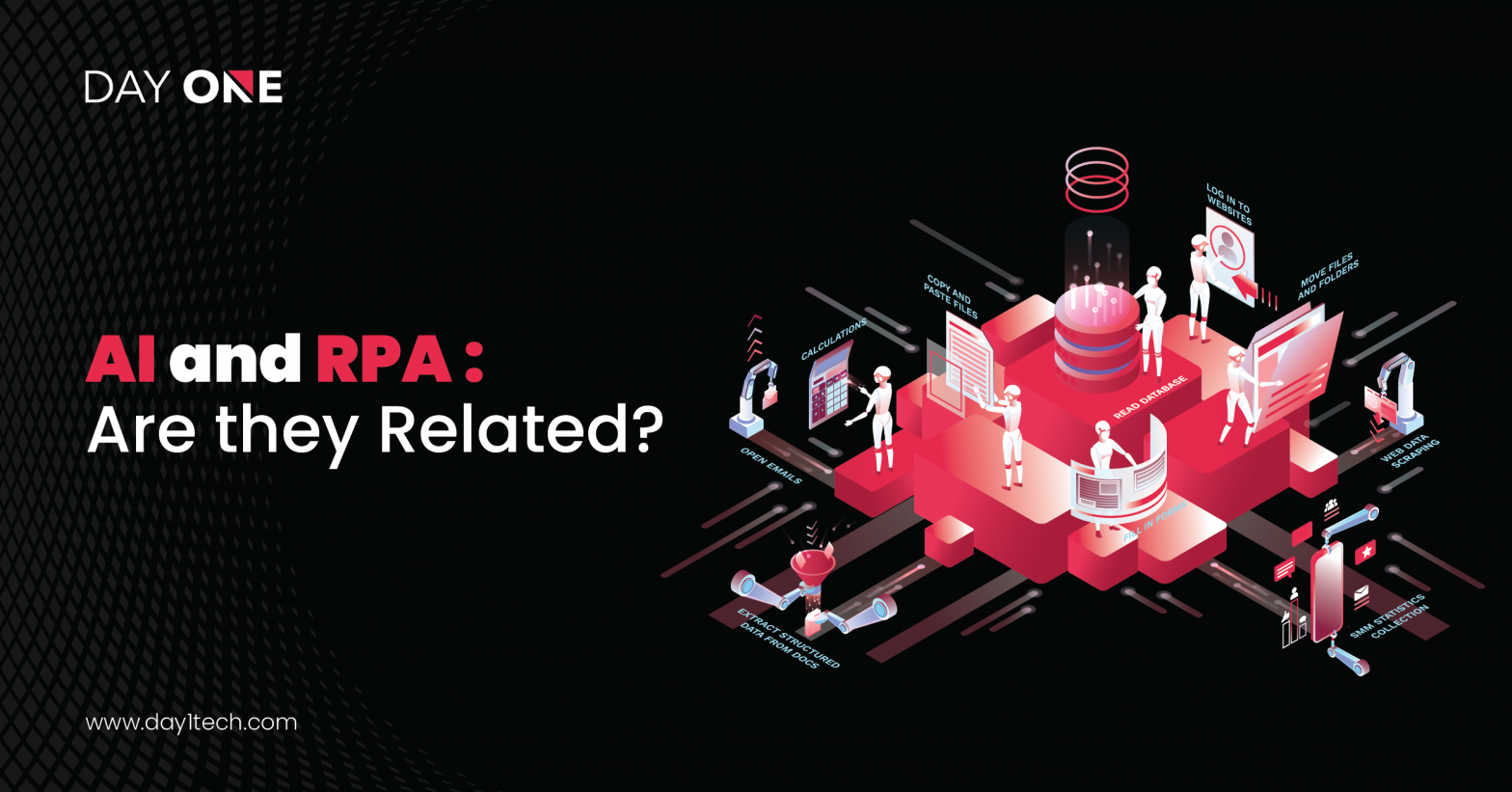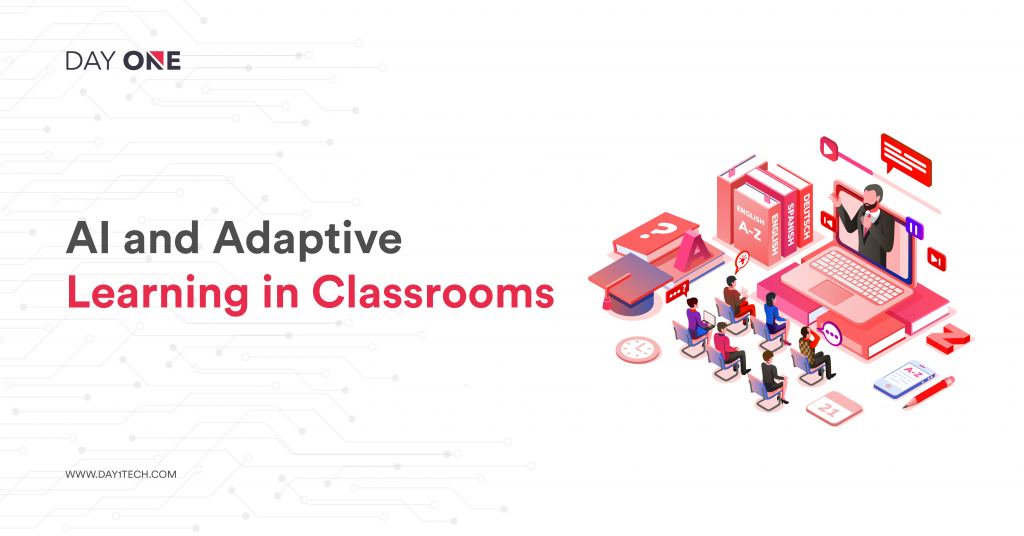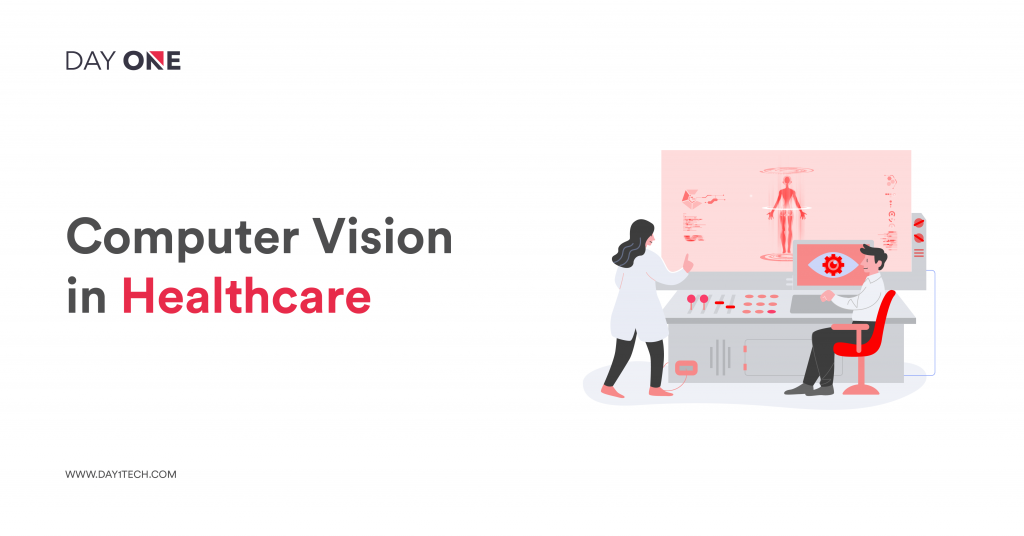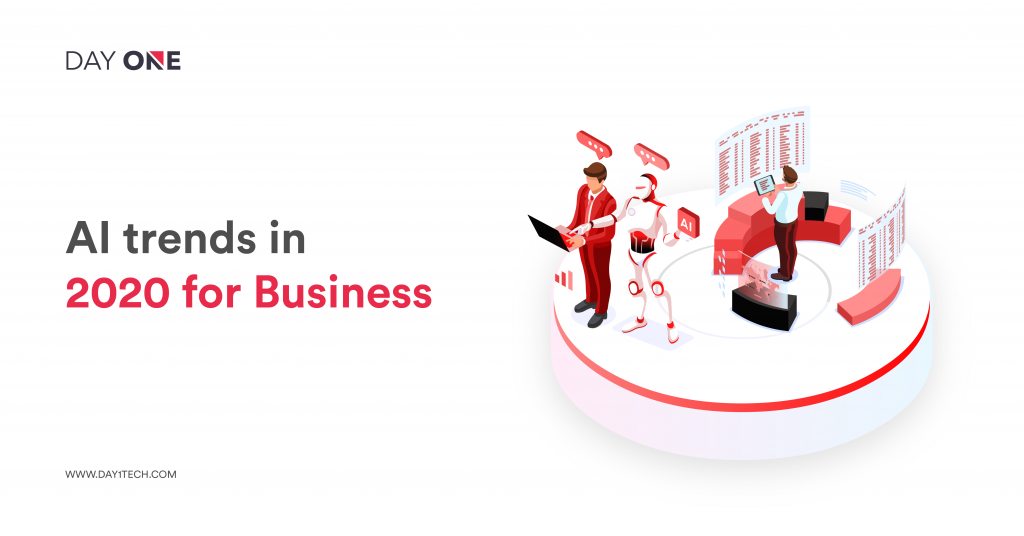AI and RPA: Are they Related?
admin
Artificial Intelligence
July 16, 2021
9 min read

There is no denying that today’s world is technologically driven. Every day, new technologies and their variants come up to make human life faster and simpler. Technological advancements have become part and parcel of life, as every new creation mainly depends on that. Many new tech-based models have come up in this exploration of finding smart and reliable ways of developing new systems and gadgets. And in the wake of living smart, there arose two terms that have been all over the place- AI and RPA. Today, AI is being used in day-to-day lifestyle, and similarly, RPA has been developed to bring us ease and autonomy. But what exactly do these concepts mean? Why are they created? And are they related to each other? Read this guide to find out the answers to all these big questions, and expand your knowledge of the trending technologies. Let’s get started!
First of all, why is it important to learn about the leading operative systems?
In the simplest terms, AI and RPA are two operating systems that are incorporated among several mechanisms, at both- basic and advanced levels. And it is important to know about what these two are, how they operate, and how they are related, which helps in broadening our understanding of how complex systems are built. It also enables us to gain in-depth knowledge about how these systems can be used and up to what extent they are reliable.
These systems determine some of the most important aspects of our lives. For example, the speed, quality, and precision of our work depend on these major operating systems. Other than that, AI and RPA are also responsible for keeping our data intact by avoiding security breaches, as most of the security software is based on such technologies. So, in a way, it is fair to say that the safety and security of humans also rely on such systems.
Since so many things are at stake, it is best to be informed about the basic functioning of these systems. And we are here to enlighten you in a simple and easy-to-understand language. Let’s break down both the major operating systems- AI and RPA one by one.
What is AI?
AI stands for Artificial Intelligence, which is developed in the spirit of taking machines to the next level. Artificial intelligence is a system that is designed to replicate human intelligence, but on a much higher level, such that a variety of complex and challenging tasks can be accomplished at ease. It is packed with both- ML and NLP, which aids in mimicking human actions through a machine. In a nutshell, Artificial Intelligence is a compilation of all the human abilities and much more packed inside a machine. There are various types of AIs ranging from narrow abilities to much stronger ones, known as Artificial Superintelligence.
Where is AI used?
Artificial Intelligence is used in almost all sectors, on both small and large scales. From Apple’s Siri on your iPhone to the smart email categorization that takes place in it, everything depends on AI. However, three major sectors use AI on the largest scale.
Retail and E-commerce
Artificial Intelligence is capable of reading and remembering information, as it depicts the human characteristic of memory. The retail and e-commerce industry uses Artificial Intelligence in their digital creations such as websites and applications. For instance, when you install an application like Amazon, it will ask for access to your data, and when you approve it, the AI-based system within the app will extract information about you and store it in its memory. Based on this information collected from the customers, Amazon will curate better deals to achieve data-driven decisions and boost sales.
Security
Security is one of the prime areas where Artificial Intelligence shines. From high-end businesses to the homes of regular people, security is a must. All businesses, companies, and organizations store important information in a computerized form for accessibility and accuracy. However, this information can be attacked by cyberbullies if your information is not backed by the security software, which identifies security breaches and tackles them gracefully. Such software is built with the help of Artificial Intelligence. Other than that, security cameras and home protection systems are also developed using AI.
Healthcare
In today’s date, if there is one sector that is absolutely helpless without Artificial Intelligence, it would be healthcare. The use of AI in healthcare is almost inevitable. From running diagnostics and gathering data to analyzing and treating the patient, everything depends on Artificial Intelligence. AI allows health experts to understand the patient’s condition better. It also works to ensure precision in the machines that the healthcare system uses. In the most practical sense, Artificial Intelligence is saving lives and making a real-time difference.
Advantages of Artificial Intelligence:
Limited scope for errors
The human mind is likely to make mistakes, but there is barely anything to worry about when it comes to Artificial Intelligence. AI uses cognitive automation, machine learning, neuro-linguistic programming, and several other elements to ensure absolute accuracy. This leaves no room for mistakes.
Impressively speedy
The best part about Artificial Intelligence is that it can ensure accuracy without compromising on speed. Considering how fast things change in today’s world, making quick decisions is a valuable skill. And Artificial Intelligence flaunts this skill effortlessly. This is what sets AI apart from any other system.
At your service all the time
Human beings require breaks to recover all the lost energy. Artificial Intelligence, on the other hand, can go on all day, all night. This makes up for a 24/7 available digital employee who works at your service without getting tired like humans. All-time availability is a major win for Artificial Intelligence.
Larger memory and better management
The human memory has limited space, and therefore, cannot be jammed with an abundance of critical information. Artificial Intelligence, on the other hand, can not only hold more information, but it can also continue to monitor and analyze the issues arising through the stored information. All of this, with accuracy and speed.
Disadvantages of AI:
Manhandling requires attention
Even if Artificial Assistance depicts the human mind, we can’t ignore the fact that it has to be built, programmed, and installed by a human being. So, if the coding is incorrect, the programming is messy, or the build and design is faulty, Artificial Intelligence can lead to destruction. This is a major obstacle in the way of AI.
Expensive
It is no surprise that incorporating Artificial Intelligence in any system is a high-cost effort. There is a lot that goes into its creation because for AI to work, the development of hundreds of other small elements is required. From planning and organizing to building and executing, Artificial Intelligence may demand you to break the bank.
No space for creativity
The human mind is creative and inventive. On the contrary, Artificial Intelligence lacks a sense of creativity, which keeps it from exploring new ways of perceiving and tackling problems. It is based on a fixed, programmed way of working with logic and reasoning, leaving no space for creative juices to flow.
Replacement to humans
Although the entire purpose of building Artificial Intelligence to replicate human behavior still stands as a disadvantage. With the help of AI, when machines can do everything that humans can, it imposes a threat to humans and their abilities, which may result in unemployment and extreme dependency on machines.
That was all about Artificial Intelligence. Now it’s time to dive into yet another incredible creation that has added an exquisite touch to the tech-based world that we live in, and that is RPA Automation.
What is RPA?
Let us talk about what exactly RPA is. RPA is an abbreviation for Robotic Process Automation. It is software that helps you build and deploy the robots easily and makes managing those robots easier. It is a great tool that has had a massive impact across industries. A robot that works with software has proven to be faster than experienced humans on many occasions. They are not only faster but consistent with their work’s quality for the job assigned. RPAs are the solution to tiring, repetitive jobs that a human would grow out of and won’t give his 100% in the long run. These tasks are assigned to RPA.
Where is RPA used
Since the last few years, RPA has grown immensely, and industries worldwide are now using RPA to operate. Some of them being:
Retail
You would see RPA being used heavily in the retail industry, and a lot of the processes and tasks are now done through RPA. Many companies in e-commerce use RPA for managing order status and shipping details that change regularly and are hard to keep a tab on by a human. RPA also offers a much accurate result. They keep the customers updated from time to time and tells them where the order is exactly and at what time. All these details need to be updated repeatedly. Managing a huge number of orders every day could be difficult for a person, which is why the RPAs completely take over this task.
Analytics
One of the best uses of RPA is data gathering. However, along with that, RPA is even used to provide you with data analytics and insights into the data gathered. The database in business is huge, and getting proper insights into the data is quite difficult for humans, but RPA makes it easier than imaginable. The chances of humans making errors are more than the chances of an RPA making mistakes. This is why RPAs are used for this analytic task since data quality and accuracy are very important to people in business.
Customer Service
RPA automation has quite frankly changed the way companies interact with their customers. The customers are provided with better solutions in much less time. The credit goes to the fast and accurate RPA technology. Why have an employee make him go through thousands of data manually when an RPA can do it with a click. In addition, RPAs are massively used to sort the data. For example, if a human goes through every complaint one by one, it would take much time. Whereas RPA simply is programmed to sort and place the information gathered in the following complaint type categories. These categories have set courses of actions needed to be taken, and the RPA would do that too.
Advantages of RPA:
Saves up on the cost
According to extensive research, when tasks are approached with a system that is backed by RPA, you can save up to 30% of the cost that would’ve been charged otherwise. Certainly, the cost of installing an RPA may be on the higher end, but consider it as a one-time investment, leading to a profitable future.
Provides better customer service
Customer service is an integral part of any company or organization. And considering that RPA works much faster than humans while ensuring accuracy, enhances the customer service department. This develops goodwill for the company, as customers are satisfied instantly and efficiently.
Lower operational risk
The human mind is bound to make errors due to a variety of reasons. It may be due to the lack of knowledge or simply exhaustion or burnout. However, when it comes to RPA, there is a very limited scope for errors, which in a way, diminishes the number of risks in terms of operation and systematic execution of tasks.
It does not replace existing IT systems
One of the most significant advantages provided by RPA is that it doesn’t require you to discard the previously existing systems. You can simply install an RPA within the existing systems to enhance its capabilities. RPA can effectively leverage the system without having to get rid of it in its entirety.
Disadvantages of RPA:
Eating away the jobs
RPA cannot eradicate workers completely because there are some sectors that require a manual workforce. Other than that, the development and installation of RPA also requires human effort. However, since RPA bots can easily accomplish complex tasks, it is taking away a fair percentage of employment opportunities.
Extensive technology
This technology involves RPA and machine learning, which makes it quite extensive and complex in nature. It may be a bit difficult to manage such a huge system. This is mainly because it gives rise to some additional tasks for the company to ensure that the RPA is running the way it is supposed to.
Very complicated to maintain:
RPA is not like any other operating system. It is layered with various elements, which helps it achieve a high level of accuracy and quickness. However, this also gives rise to a question of maintenance. Since RPAs are developed with great complexity and technicality, their maintenance is inevitable. This may impose great charges for the company.
Demands expertise
Special attention has to be paid to develop and operate RPA software. It is one of the most complicated and delicate systems, and therefore, a great team of experts is needed for successful usage. Right from its design and development to its installation and maintenance, everything needs expertise.
Having understood both the major operating systems in detail, it’s time to reveal whether they are related or not.
So, are AI and RPA related? How?
Artificial intelligence (AI) and Robotic Process Automation (RPA) are two of the most revolutionary innovations in the field of science and technology. They have turned out to be extremely helpful to industries of all types, and today, there are very few companies left that do use AI or RPA in any way, which is quite unbelievable. As a result, organizations have successfully acquired their set goals, and customer satisfaction is higher than ever before.
Only through the help of AI and RPA working together, the efficiency has increased, and costs have gone down for the businesses. When both these technologies work together, the entire complex procedures of any system are cut, and the work is done smoothly without stress. AI is considered nothing but the brain by many. It thinks, learns, and then projects by analyzing that data. Whereas RPA is the emergency door used in special cases, it is designed that way.
All in all, the use of AI with RPA together has the capability to be the game-changer for not only a business but industries as a whole. The future is unreal if this technology is used rightly and takes full advantage of both of these. This technology can do everything that we humans can but faster and in a more precise way which makes them so important. We cannot ignore the pros and cons that AI and RPA have. They have their set of issues and set of advantages. AI and RPA go hand in hand, especially in corporations.
Explore More Blogs
Testimonials What customers have to talk about us
Finch (previously Trio) – Growth with Investing, with benefits of Checking
Reading Time: < 1 minThe Finch (previously Trio), one of our clients today has reached this level with our expertise and with a great team of developers in Day One, who have made every stone unturned in making this project a big success.
Neel Ganu Founder
USA
Vere360 – VR based Immersive Learning
Reading Time: < 1 minDay One helped Vere360 “fill skill gaps” and build a platform that would cater to their niche and diverse audience while seamlessly integrate the best of #AI and #VR technology.
Ms. Adila Sayyed Co-Founder
Singapore
1TAM – Video Blogging Reimagined
Reading Time: < 1 min‘1TAM’ was only for iOS with gesture-based controls, advanced video compression techniques, and a simple architecture that allowed actions to be completed in 2-3 taps. The real challenge for ‘1TAM’ was to keep it distinct which bought brilliant results with all the strategies and approaches implied for best video compression techniques.
Anwar Nusseibeh Founder
UAE
Fit For Work – The Science of Workplace Ergonomics
Reading Time: < 1 minDay One Technologies came with the expertise that was required and helped in building a platform that is edgy, functional, and smart, delivering engagement and conversions at every step.
Ms. Georgina Hannigan Founder
Singapore
SOS Method Meditation for ‘Busy Minds’
Reading Time: < 1 minDay One Technologies helped in building an innovative mobile app (for #iOS and #Android) that’s easy-to-use, engaging, and data-driven to help users reap the most at every point.






